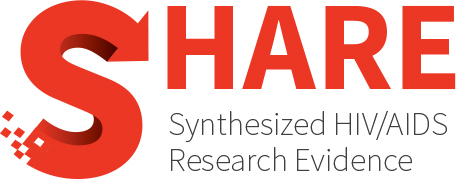Atrial fibrillation and human immunodeficiency virus type-1 infection: A systematic review. Implications for anticoagulant and antiarrhythmic therapy
Abstract
The prevalence and incidence of atrial fibrillation/flutter (AF/AFL) in patients with human immunodeficiency virus type-1 (HIV-1) infection have been poorly investigated. We performed a systematic review using PubMed and Cochrane Database of Systematic Reviews, and screening of references, searching for clinical studies reporting on the association between HIV-1 infection and AF/AFL. We also summarized the main interactions of antiretroviral agents with antithrombotic and antiarrhythmic drugs. We found a prevalence of AF/AFL ranging from 2.0% to 5.13% in patients with HIV-1, with an incidence rate of 3.6/1000 person-years. Low CD4+ count (<200-250 cells ml-1) and high viral load were predictors of AF/AFL. Regarding drugs interactions, nucleoside reverse transcriptase inhibitors, integrase inhibitor and maraviroc have the lowest interactions with oral anticoagulants. Among anticoagulants, dabigatran presents the most favourable profile. Most of antiarrhythmic drugs interact with protease inhibitors, with beta blockers and diltiazem having fewer interactions. The few studies available suggest a non-negligible prevalence of AF/AFL in patients with HIV-1 infection. Awareness of potential interactions with anticoagulation and antiarrhythmic drugs is needed to offer optimal management in this population
Authors
Pastori D, Mezzaroma I, Pignatelli P, Violi F, Lip GYH
Year
2018
Topics
- Population(s)
- General HIV+ population
- Engagement and Care Cascade
- Treatment
- Co-morbidities
- Cardiovascular
